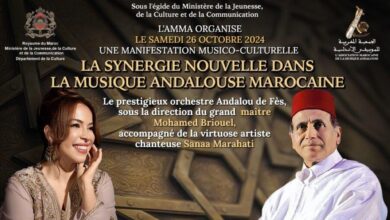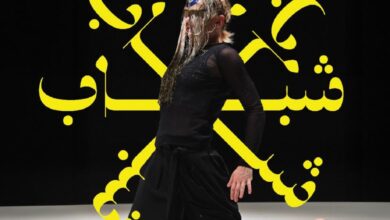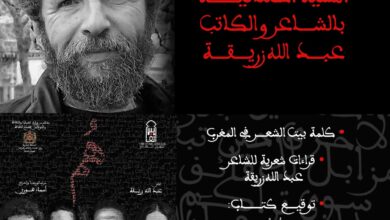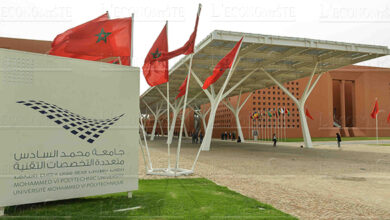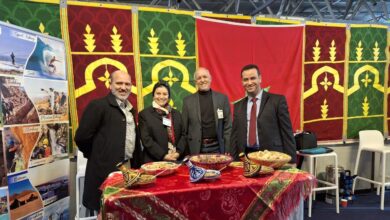The Oldest Mosque in Morocco: An Alaouite Neighborhood, From Wood to Gilding, and the First Evidence of a Minting Workshop. Sijilmassa: A Medieval City in Tafilalet Unveiling 10 Centuries of History. (Latest Findings from Archaeological Excavations Conducted in 2024 and 2025)
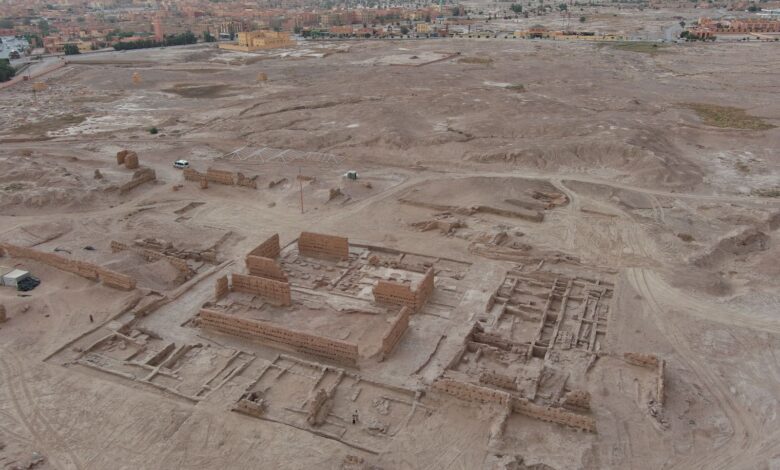
Unveiling Sijilmassa: The Rich Heritage of Morocco’s Historic City
As part of its commitment to cultural heritage, the Ministry of Youth, Culture, and Communication is supporting a significant archaeological excavation campaign taking place between 2024 and 2025 at the Sijilmassa archaeological site, located in the Tafilalet region. This project is being led initially by Professor Lahcen Taouchikht and later by Professor Asmae El Kacimi, with a team entirely composed of Moroccan professionals from the National Institute of Archaeology and Heritage (INSAP). This operation marks the largest excavation ever undertaken at this site since research began in the 1970s.
The excavations have covered nearly 9,000 square meters in the heart of Sijilmassa, a city founded at the end of the 8th century that once served as a crucial crossroads for trans-Saharan trade, linking the Maghreb, sub-Saharan Africa, and the Mediterranean world. Long overshadowed in the Moroccan archaeological landscape, Sijilmassa is now beginning to reveal its exceptional finds related to architecture, religion, domestic life, art, funerary practices, and currency.
The Oldest Medieval Mosque in Morocco Emerges from the Sands
Archaeologists have uncovered the foundations of a large religious complex, which includes a medieval mosque spanning 2,620 square meters and capable of accommodating around 2,600 worshippers. This mosque consists of several layers of construction, starting from the original mosque founded during the reign of Abû al-Montasir al-Yasa’ (late 8th century to early 9th century), through to the Almoravid and Almohad phases (11th-13th centuries), and lastly the visible Alaouite mosque.
This stratification makes the mosque in Sijilmassa one of the oldest confirmed in Morocco, representing a significant milestone in the religious and urban history of the Maghreb.
Unique Wooden Discoveries from Sijilmassa
The excavation levels associated with the early phases of the mosque have yielded a remarkable collection of sculpted plaster fragments dating back to the Midrarid period (8th-10th centuries). These decorations, featuring intricately crafted geometric, floral, and epigraphic motifs, are the oldest known examples of Islamic art in Morocco to date.
Adding to this, hundreds of painted wooden fragments dating from the 18th century were discovered in the ruins of the Alaouite madrasah. A vibrant, polychrome cedar wood, preserving colorful vegetal motifs and evidence of gilding (tadhhīb), represents the first material evidence of Alaouite architectural decoration in Sijilmassa.
Sijilmassa, the City of Gold: Uncovering Evidence of a Mint Workshop
Archaeologists have long sought to find evidence of monetary activity at Sijilmassa, and they recently discovered remnants not far from the mosque. A ceramic mold, characterized by a "honeycomb" design, was intended for producing gold coin blanks and still contains traces of gold in its cavities, confirming its use in the production of the famous Sijilmassi dinars.
This unique discovery in Morocco, and the second of its kind in Africa after Tadmekka in Mali, underscores Sijilmassa’s importance as a significant center for coin production in the Islamic West. This artifact serves as the first concrete evidence of gold coin minting activities in the region.
A Complete Alaouite Residential Quarter Discovered for the First Time
During the latest archaeological campaign, a major discovery enhanced our understanding of Sijilmassa: for the very first time, a complete residential quarter from the Alaouite period (17th-18th centuries) was uncovered. This revelation marks a critical advancement in the study of the city’s urban history, which has long focused on its medieval peak.
This neighborhood consists of 12 uniformly constructed houses, structured around a central patio, featuring living spaces, storage areas, and an array of domestic furnishings, including dishes. These findings allow for a reconstruction of the daily life practices of its inhabitants.
Archaeobotanical analysis of samples collected from these spaces identified remains of dates and other agricultural products, offering valuable insight into the diet of the residents in a pre-Saharan context.
Due to its scale, state of preservation, and the richness of the data it provides, this discovery materializes the long-past presence of the Chorafa Alaouites in Sijilmassa for the very first time. It opens a new chapter in the site’s history, illuminating a lesser-documented but crucial phase of urban, social, and political evolution in the city over the long term. This sheds light on the territorial roots, settlement dynamics, and daily life associated with the early Alaouite dynasty, contributing to a renewed understanding of the history of the reigning dynasty in Morocco.
A Broader Impact on Understanding Sijilmassa
The results of the archaeological excavations conducted by INSAP at the Sijilmassa site extend beyond local significance. They provide essential elements for understanding the history of settlement, art, and trans-Saharan trade. The findings unveiled during the recent campaigns in 2024 and 2025 bring to life the city that historical texts have described, with its mosque, madrasah, alleys, houses, and workshops now resonating in a rich historical revival.

